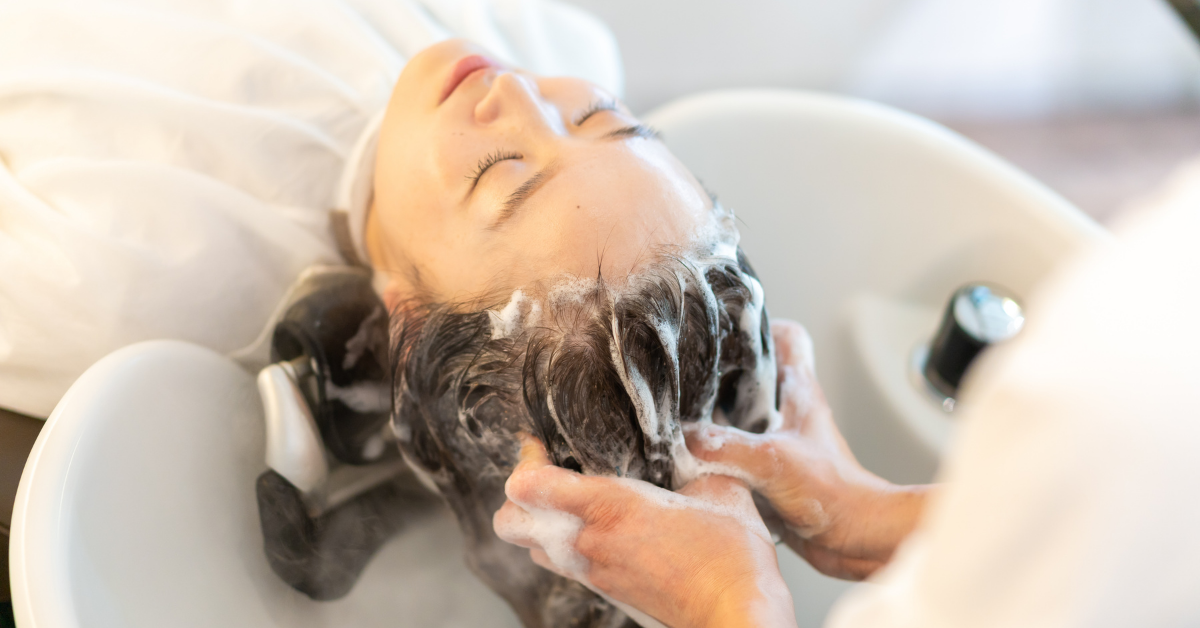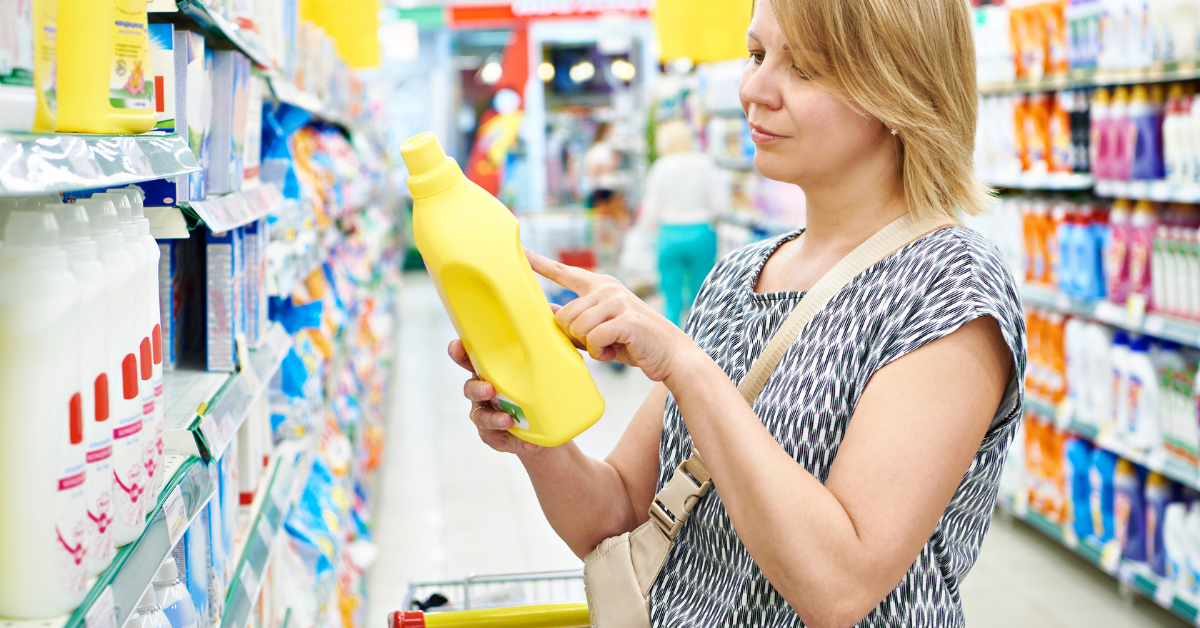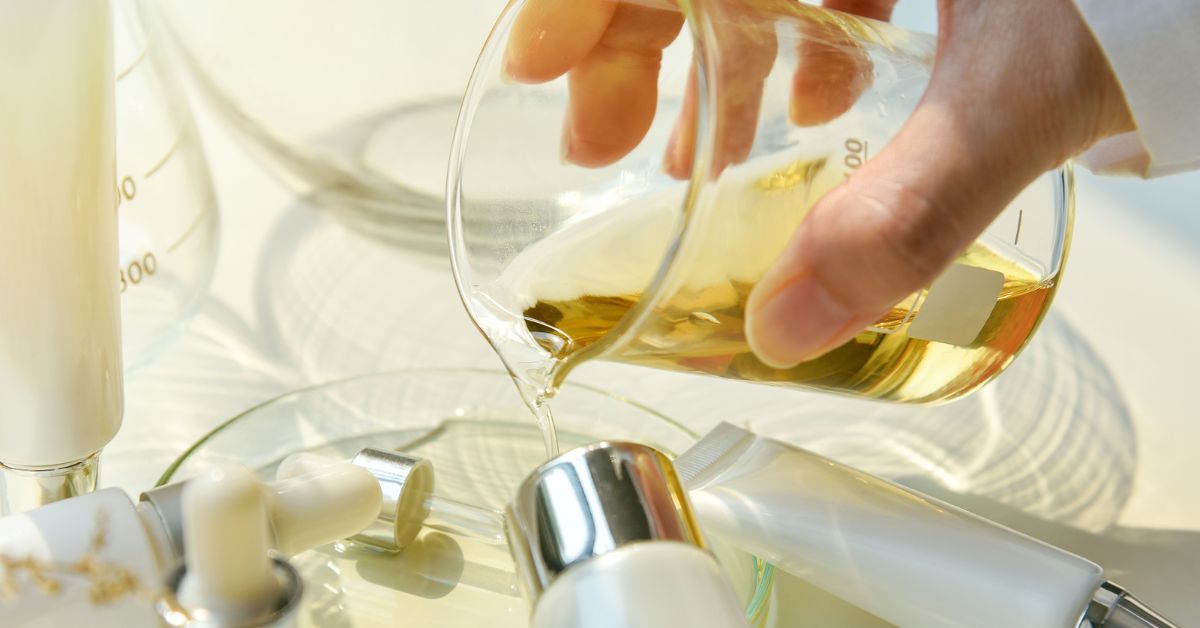
Going Sulfate Free: Why Formulators are Choosing Sophorolipids as the Safer, Milder Alternative
Sulfates. It’s a term you probably hear often. Sulfates are surfactant ingredients commonly found in a multitude of product formulations with great foaming and cleansing abilities. So why are formulators going sulfate free?
What is the problem? These ingredients can cause more harm than good, especially to skin. The good news? There are clean ingredient options that can outperform and replace them.
Are Surfactants Sulfate Free?
Surfactants are behind the seamless blending of liquids, creating emulsions essential for effective cleansing. They’re the powerhouse ingredients responsible for lifting dirt and oil from surfaces, including our skin.
In some cases, particularly with regards to personal care and other consumer product formulations, surfactants may do more harm than good1 when they contain harsh sulfates. Few surfactants are sulfate free.
What are Sulfates?
Sulfates, such as sodium lauryl sulfate, belong to the anionic surfactant family. These negatively charged molecules excel at grabbing onto dirt and oils, making them popular choices in personal care products like body washes, hand soaps and shampoos.
Formulators often incorporate these surfactants in high concentrations in personal care formulations, because they create a stable, long lasting foam and supply desirable viscosity and rheological characteristics.2,3
The skin cleansing activity of sulfates is largely attributed to their ability to bind to oils and form emulsions with wash water. 3,4 These emulsions are quickly captured by wash water, effectively removing the oils on dirty skin.2
However, their aggressive cleansing action often comes at a cost to our skin. And consumers are increasingly demanding options that are sulfate free.

Why Formulators Need Sulfate-Free Ingredients
Repeated use of sulfate-laden products can lead to a litany of skin issues, including hives, rashes, corneal inflammation, allergic reactions and clogged pores.
Clinical studies have shed light on the drying effects of sulfates, disrupting the skin’s natural moisture balance and leaving it vulnerable to irritation.
Many users of sulfate-based personal cleansing products report having dry, irritated skin after chronic use. The oils washed away by sulfate-containing cleansing products are needed to maintain the optimal water balance in the skin cells.
Clinical research groups have found sulfates induce the highest rate of water loss in human skin when compared to other types of anionic surfactants.5 This water loss explains the reports of dryness which can cause irritation.
These concerns have led formulators to explore alternative options that are sulfate free.
Are There Alternative Surfactants That Are Sulfate Free?
In response to growing concerns, formulators are seeking safer alternatives that are sulfate free.
As a first step to mitigate potential irritation or skin damage from sulfates, formulators turned to using amphoteric surfactants such as betaines.
This is a short-term solution, because betaines often act as a secondary surfactant ingredient. The primary surfactant ingredient is often not sulfate free, leaving potential for skin irritation.
Consumers who wish to avoid sulfates by looking for sulfate free products are eager for a complete replacement.
Recent studies into the trace chemicals that accompany some types of betaines may outweigh the positives. However, betaines can still act as a valid stop-gap strategy for formulators looking to reduce the use of other types of sulfates.
Another strategy is to completely replace sodium lauryl sulfate with sodium lauryl sarcosinate. Even though they both have the same SLS acronym they are very different.
Sarcosinates are extremely mild and do not cause irritation or dryness, like other sulfates. The downsides are the cost implications of producing this semisynthetic ingredient, along with its reduced efficacy compared to sulfates.
The good news is there are now safer, milder and more cost-effective sulfate free ingredients.
Formulators Are Going Sulfate Free with Sophorolipid Biosurfactants
Biosurfactants present formulators with better options for sulfate free ingredients. They are a class of natural surfactants that are nature-derived and 100% biobased.
Biosurfactants give formulators superior alternatives to traditional surfactants and sulfates that are non-toxic, non-GMO and free from palm oil. They can often maintain or even amplify formulation performance.
Locus Ingredients leads the charge with their sophorolipid line, delivering superior cleansing without compromise.
Locus Ingredients’ sophorolipids can act as primary or secondary surfactants, supplying multiple benefits when used in applications such as skin care products.6,7,8
The biosurfactants are designed to foam, lather and function as a degreaser, while producing the same cleansing feeling as other chemical surfactants. The customizable sophorolipid ingredients are made in the USA, are readily available to maximize performance of formulations and are always sulfate free.
Q&A: Ask the Locus Ingredients’ Technical Service Team
1. How do sulfates compare to other surfactants in terms of cleansing power?
Answer: Sulfates are highly effective surfactants known for their strong cleansing abilities, particularly in creating foamy lathers that lift dirt and oils from surfaces.
However, compared to other surfactants, sulfates can be harsher on the skin and may lead to irritation with prolonged use.
2. What are some common skin issues associated with sulfate-containing products?
Answer: Skin issues commonly associated with sulfate-containing products include hives, rashes, corneal inflammation, allergic reactions and clogged pores.
Additionally, sulfates can disrupt the skin’s natural moisture balance, leading to dryness and irritation.
3. Are there any alternatives to sulfates that provide similar cleansing capabilities without the negative side effects?
Answer: Yes, there are alternatives to sulfates that offer gentler cleansing without sacrificing efficacy.
Examples include amphoteric surfactants like betaines and sodium lauryl sarcosinate.
Additionally, biosurfactants derived from natural sources, such as sophorolipids, offer sustainable and biobased alternatives to traditional surfactants.
4. What are the considerations when formulating sulfate-free products?
Answer: When formulating sulfate-free products, formulators need to consider factors such as cost, efficacy, and compatibility with other ingredients.
Formulators may also need to explore innovative solutions, such as combining different types of surfactants or incorporating biosurfactants, to achieve desired performance while meeting consumer demand for gentler, milder formulations.
5. How can formulators address concerns about the potential drawbacks of sulfate-free alternatives, such as reduced efficacy or higher production costs?
Answer: Formulators can address concerns about sulfate-free alternatives by conducting thorough research and testing to identify ingredients that offer comparable performance without the negative side effects.
Formulators may also explore strategies such as optimizing formulation techniques or sourcing cost-effective, sustainable ingredients to mitigate potential drawbacks.
Additionally, educating consumers about the benefits of sulfate-free products and their impact on skin health can help build trust and loyalty.
Biosurfactants are sulfate-free, sustainable ingredients that also exhibit comparable or superior performance benefits to traditional chemical surfactants like sulfates.
6. What are biosurfactants, and how do they compare to sulfates in terms of effectiveness and safety?
Answer: Biosurfactants are surface-active molecules produced by microorganisms, plants or renewable resources. They offer a sustainable and biodegradable alternative to synthetic surfactants like sulfates.
Biosurfactants can be as effective as sulfates in terms of cleansing power, while also being gentler on the skin and environmentally friendly.
7. What is an example of a biosurfactant suitable for use in sulfate-free formulations?
Answer: One example of a biosurfactant commonly used in sulfate-free formulations is sophorolipids.
Sophorolipids are produced by yeast during fermentation and offer excellent foaming and emulsifying properties. They are biodegradable, non-toxic and derived from renewable resources, making them ideal alternatives to sulfates.
8. How do biosurfactants like sophorolipids contribute to the performance of sulfate-free formulations?
Answer: Biosurfactants like sophorolipids can enhance the performance of sulfate-free formulations by providing excellent cleansing, foaming and emulsifying properties. They can effectively remove dirt and oil from the skin without causing irritation or dryness.
Additionally, sophorolipids are compatible with a wide range of other ingredients, making them versatile options for formulators.
9. Are there any challenges or limitations associated with using biosurfactants in sulfate-free formulations?
Answer: While biosurfactants offer many benefits, there are some challenges and limitations to consider.
For example, the production of biosurfactants has historically been more costly and time-consuming compared to synthetic surfactants like sulfates.
Additionally, the availability of certain biosurfactants may be limited, depending on factors such as production scale and sourcing.
10. How can formulators address concerns about the potential drawbacks of sulfate-free alternatives, such as reduced efficacy or higher production costs, and how does Locus Ingredients provide solutions?
Answer: Formulators can overcome concerns about sulfate-free alternatives by partnering with innovative suppliers like Locus Ingredients.
Locus Ingredients specializes in producing high-performance, sustainable sophorolipids that offer superior cleansing power without the drawbacks of sulfates.
The sophorolipids come in a range of HLB (hydrophilic-lipophilic balance) values, pH levels and have anionic and non-ionic characteristics, making them highly versatile and blendable for customized solutions.
Moreover, Locus Ingredients’ technical service team works closely with formulators to optimize their formulations, ensuring that they meet performance requirements while remaining cost-effective and environmentally friendly.
With Locus Ingredients as a partner, formulators can confidently create sulfate-free formulations that exceed consumer expectations and contribute to a cleaner, healthier world.

The Dark Side Of 1,4-Dioxane: Why Safer Alternatives Are A Must
READ MORE: What Is 1,4-Dioxane?
1,4-Dioxane comes from ethoxylated surfactants, legacy formulation ingredients that are used to improve water solubility and provide a stable foam to cleaning products. However, the production of ethoxylated surfactants entails the risk of producing the toxic, hard to separate byproduct.
While once considered an invaluable stabilizer for chlorinated solvents, specifically those used in deep cleaning of industrial machinery, 1,4-dioxane has become a particularly controversial chemical2. While not acutely toxic (LD50 = 5200 mb/kg in rats), 1,4-dioxane is an irritant and classified by numerous regulatory bodies as either a probable or known carcinogen. [Read the full article here]
Want to learn more about biosurfactants and how they propel formulation technology into a cleaner tomorrow? Let’s talk.
- Segran, Elizabeth. 2018. Fastcompany.com. June 04. Accessed December 2020. https://www.fastcompany.com/40578207/are-you-ready-to-accept-that-shampoo-is-terrible-for-your-hair.
- Shapiro, Judy. 2018. International Products Corporation. July 31. Accessed December 2020. https://www.ipcol.com/blog/an-easy-guide-to-understanding-surfactants/#:~:text=Anionic%20surfactants%20have%20a%20negative,frequently%20in%20soaps%20and%20detergents.
- Webster, Emma Sarran. 2020. Teen vogue. April 16. Accessed December 2020. https://www.teenvogue.com/story/sulfates-and-sulfate-free-beauty-products-facts.
- Ginta, Daniela. 2019. healthline.com. August 12. Accessed December 2020. https://www.healthline.com/health/beauty-skin-care/sulfates.
- Cara A. M. Bondi, Julia L. Marks, Lauren B. Wroblewski, Heidi S. Raatikainen, Shannon R. Lenox and Kay E. Gebhardt. 2015. “Human and Environmental Toxicity of Sodium Lauryl Sulfate (SLS): Evidence for Safe Use in Household Cleaning Products.” Environmental Health Insights 27-32.
- Ito, H., M. Araki, and Y. Hirata. 2016. Low-toxicity sophorolipid-containing composition and use therefor. United States Patent US 2016/0324747 A1. November 10.
- de Oliveira, R. M., A. Magri, C. Baldo, D. Camilios-Neto, T. Minucelli, M. A. Pedrine, and C. Celligoi. 2015. “Review: Sophorolipids: A Promising Biosurfactant and its Applications.” International Journal of Advanced Biotechnology and Research 161-174.
- Lydon, H., N. Baccile, B. Callaghan, R. Marchant, C. Mitchel, and I. Banat. 2017. “Adjuvant Antibiotic Activity of Acidic Sophorolipids with Potential for Facilitating Wound Healing.” Antimicrobial Agents and Chemotherapy 1-9.



